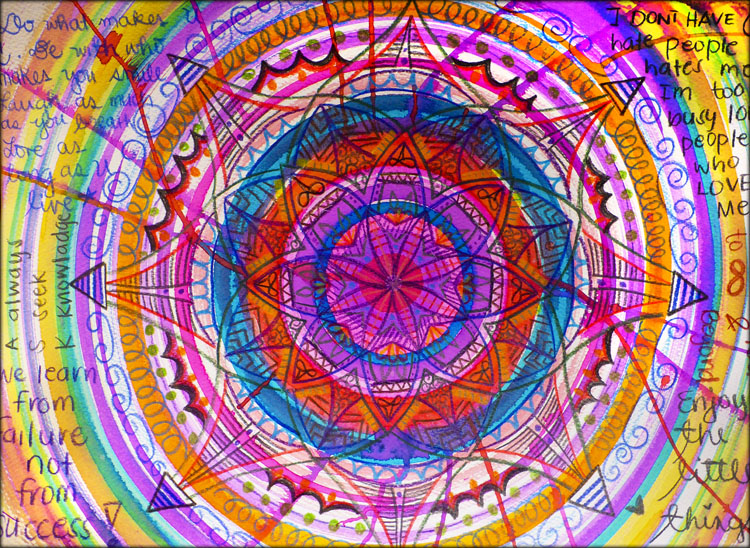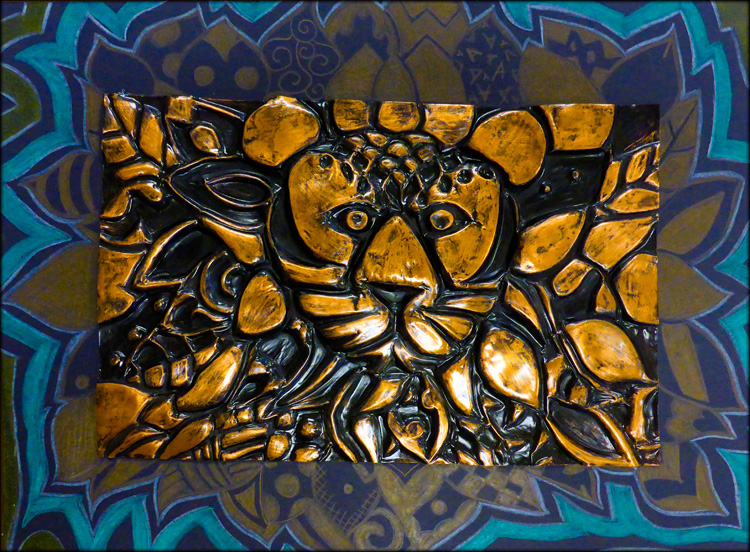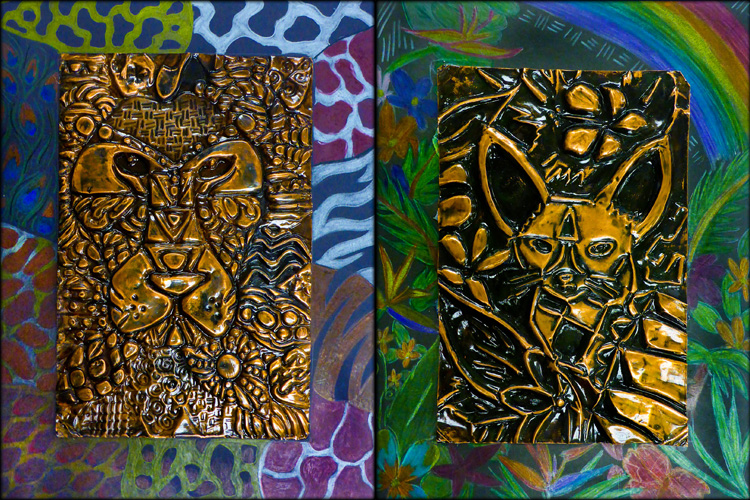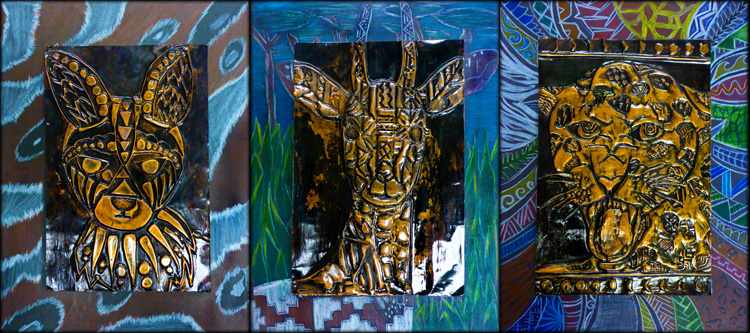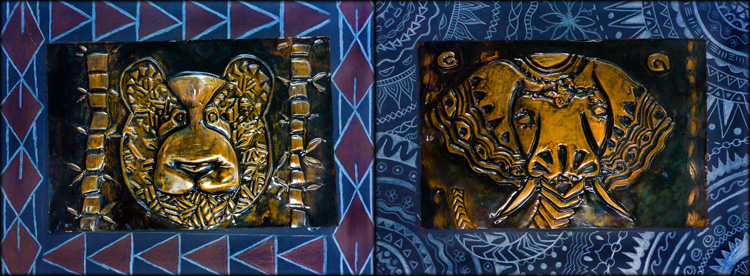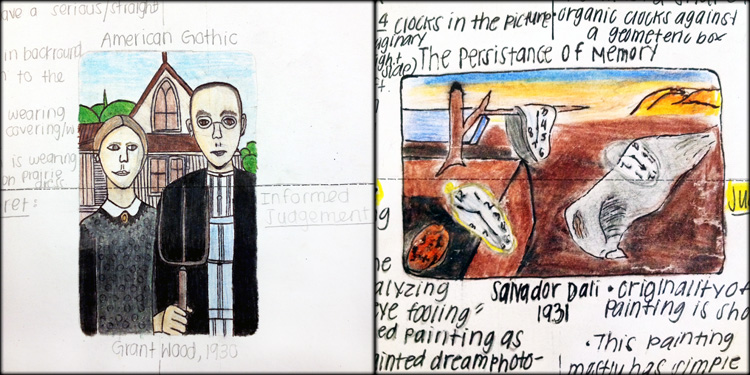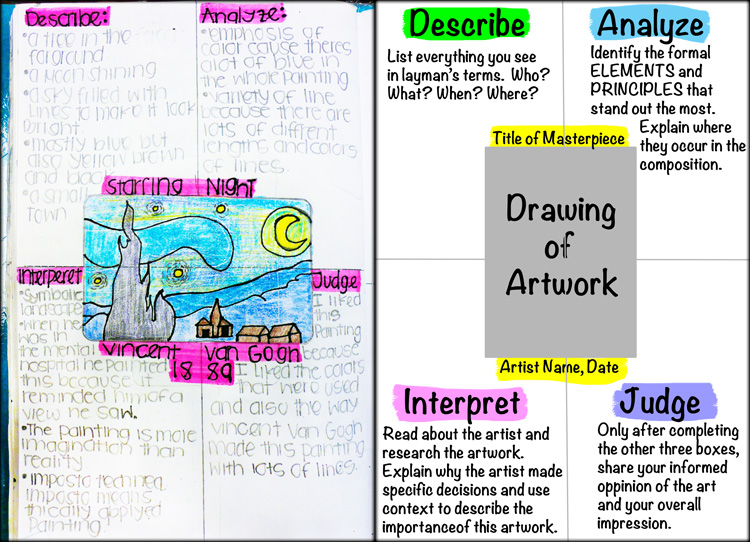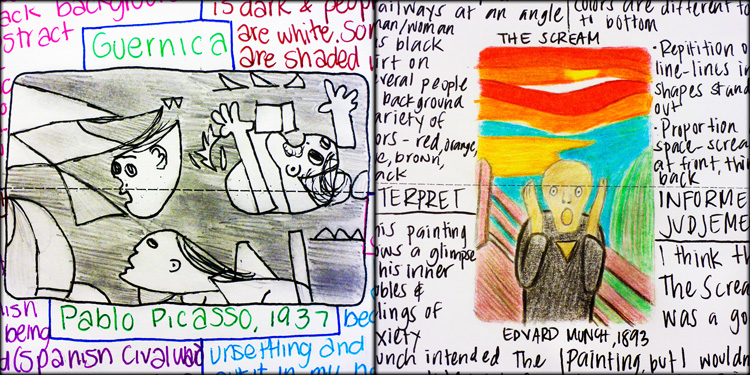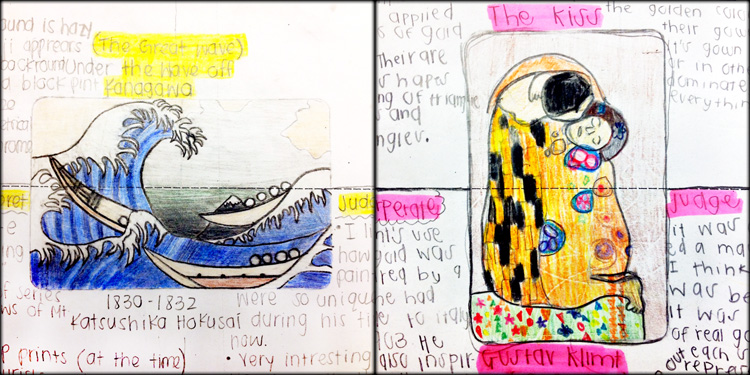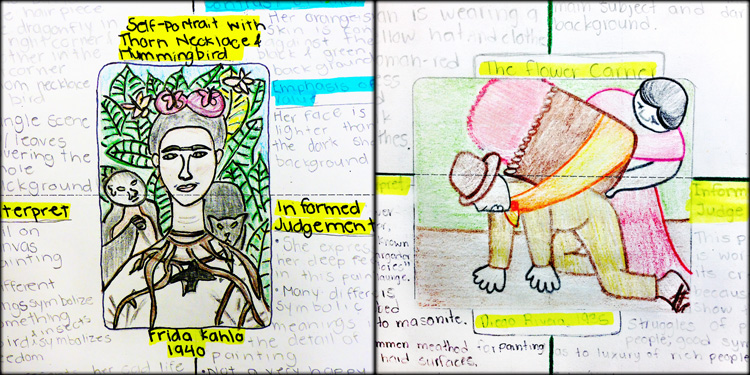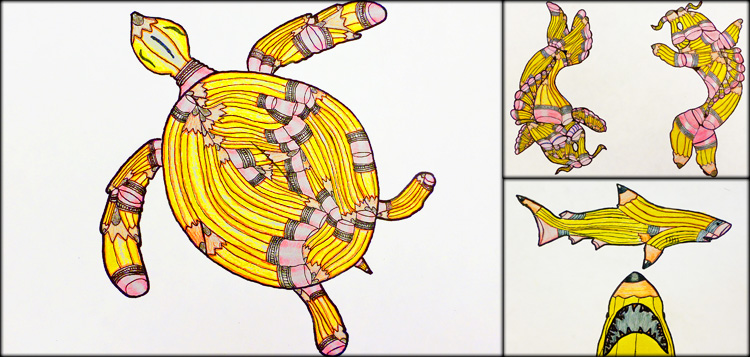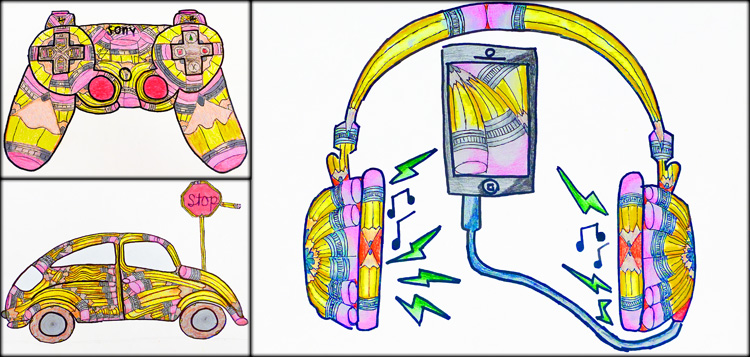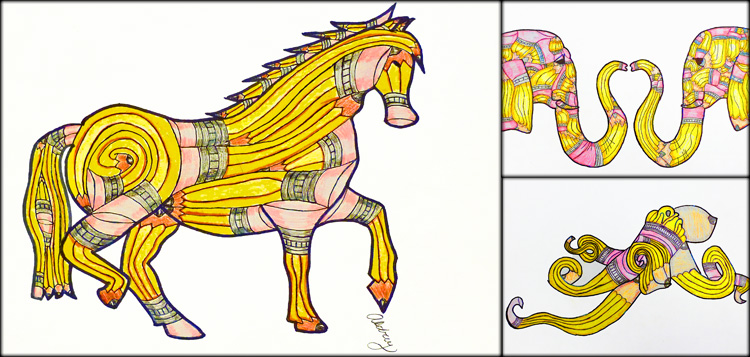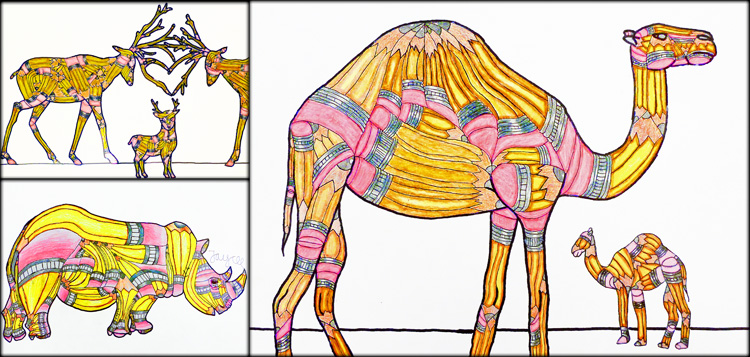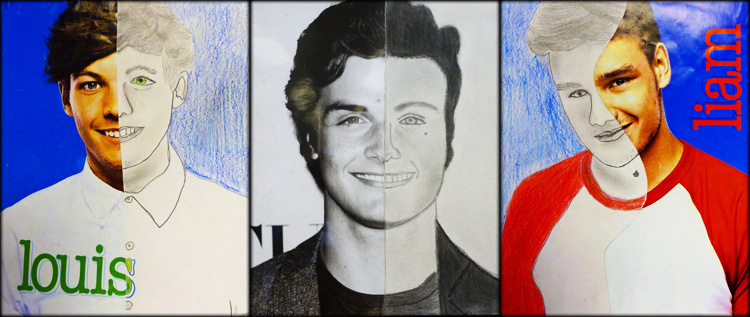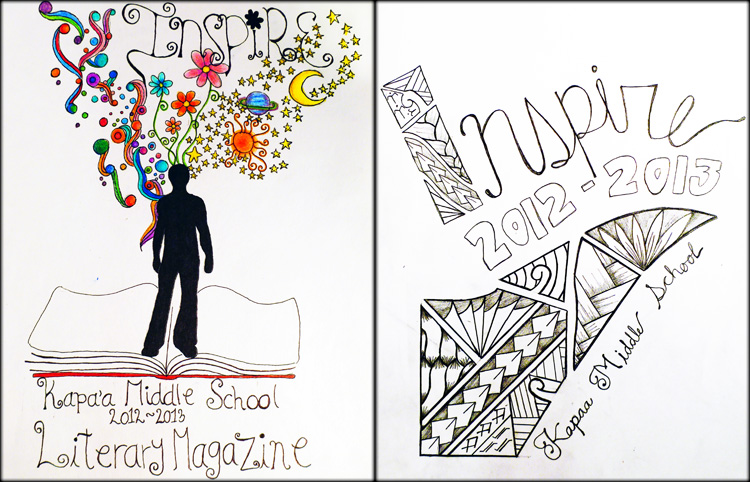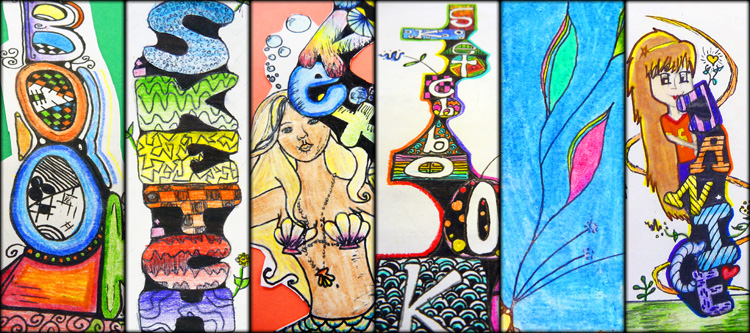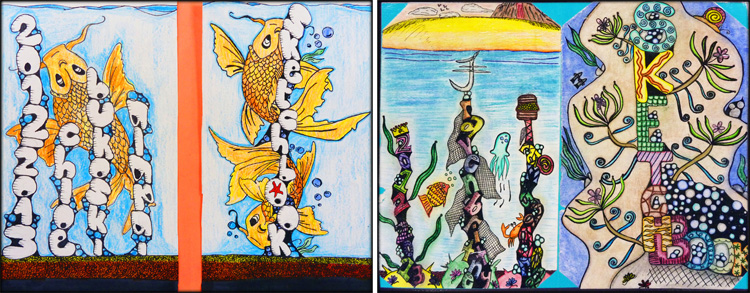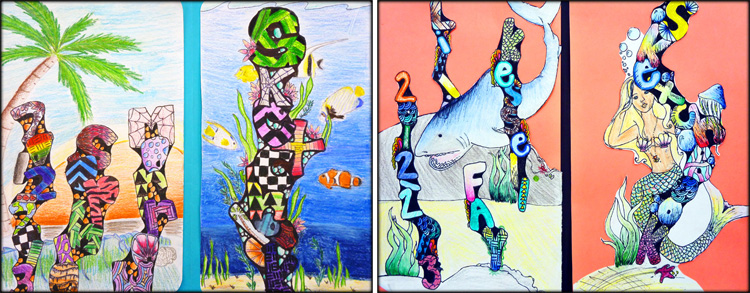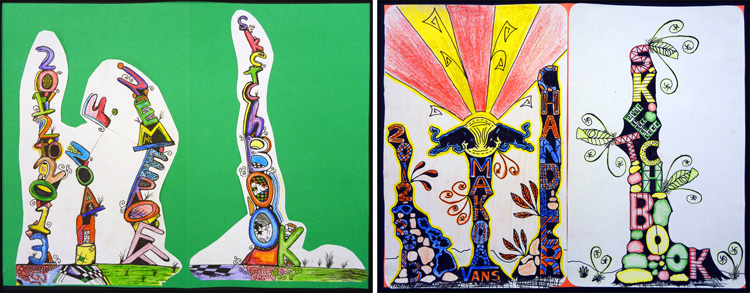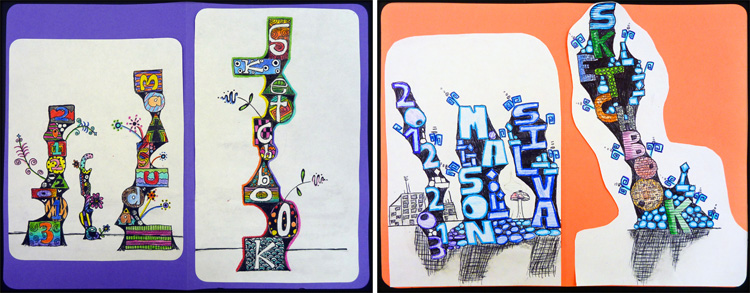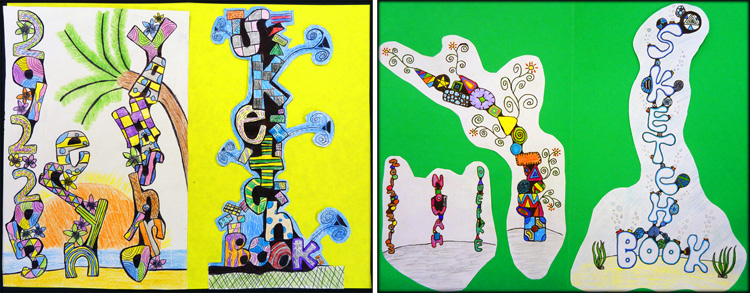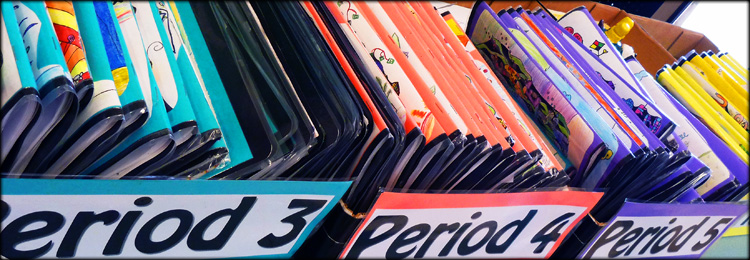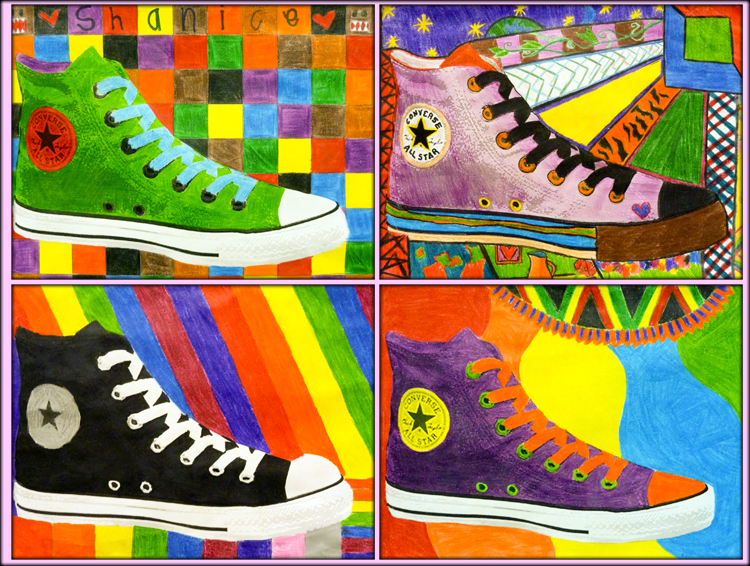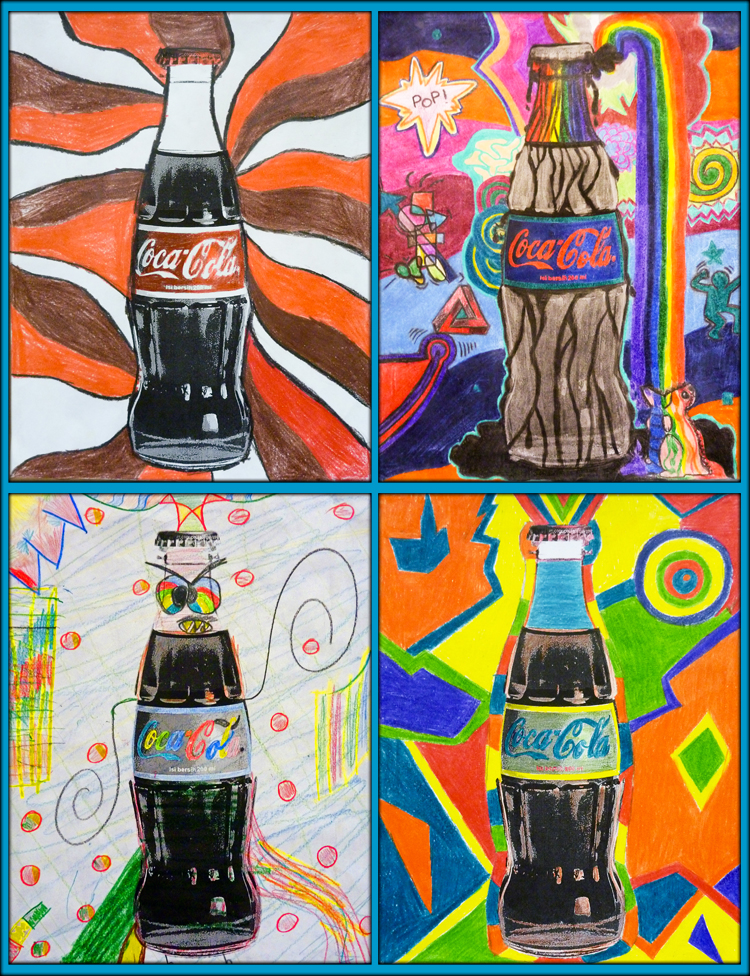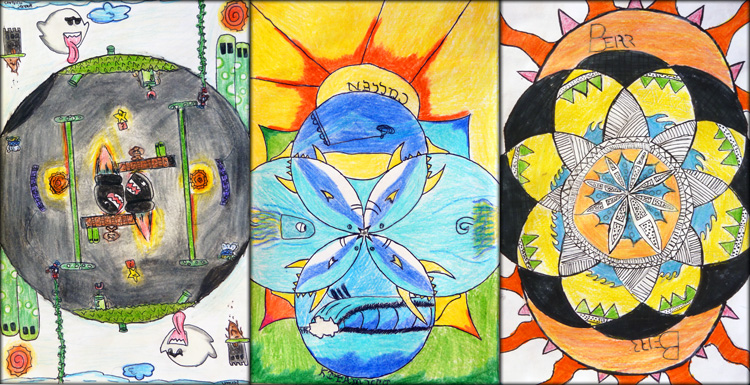Mandalas

The first project of the 2014-2015 year for Kapa’a Middle School’s art students was to create a mandala design that would also be used for their sketchbook covers. This multimedia lesson served as an introduction to radial symmetry and repetition of line and shape.

The underlying colorful circles were created by brushing liquid watercolor onto a paper spinning on the pottery wheel. Although it isn’t clay, this gave students an opportunity to use their all-time favorite tool!
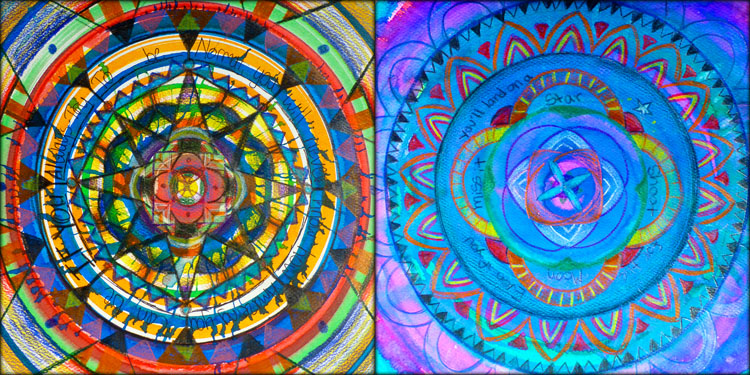
Starting from the center, bands of watercolor were applied until students reached the outer edge of the paper. Students also created interesting streak and drip affects by blowing the wet paint through a straw while the wheel was spinning.

Once the watercolor paint was dry, students used colored pencils to draw a mandala on top of the colorful background. Tools such as rulers, compasses, and circular objects helped to create accurate lines and spacing.
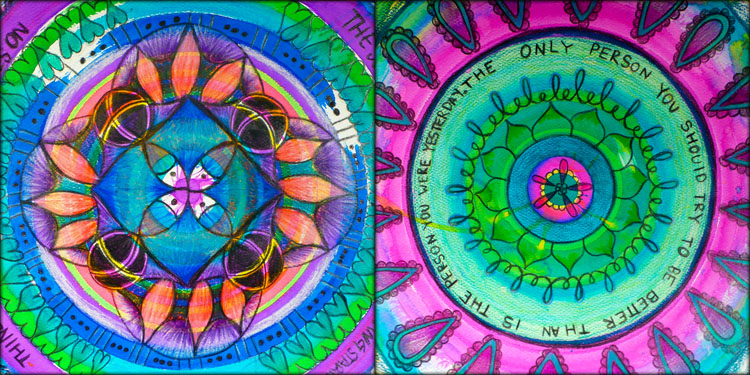
Students also enjoyed learning about the symbolism, history, and cultural practice of mandala creations. They were especially fascinated by Tibetan sand mandalas, and puzzled about why the artists would eventually destroy the intricate design they so painstakingly created.
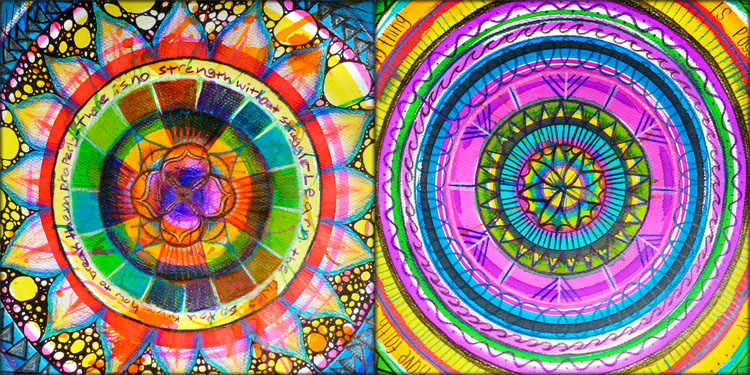
Finally, students incorporated inspirational quotes or affirmations to inspire them every time they look back on their mandala design.
